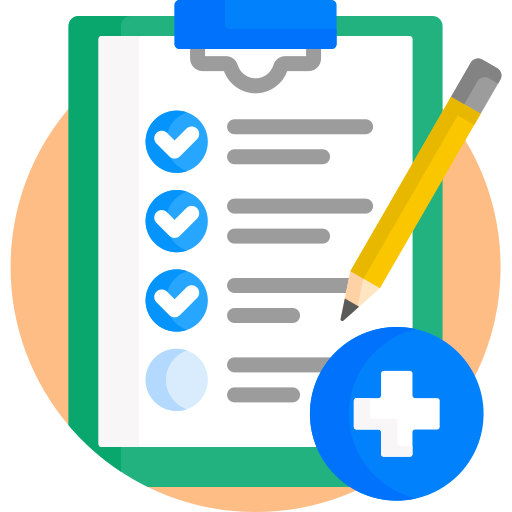Need Help ? Call 06292253004 !!
📍 Detecting...
Select Location
Brainstem-Evoked Response Audiometry - BERA
A Brainstem-Evoked Response Audiometry – BERA test measures your brain’s response to sounds you hear.
₹1456 (₹1600)
CLINICA DIAGNOSTICS - BARASAT
Address: Noapara Bazar, Krishnanagar Road, Kolkata 700124
CLINICA DIAGNOSTICS - CHAKDAHA
Address: 815 Singher Bagan Road, Joykrishnapur, Chakdah, Nadia - 741222
About Brainstem-Evoked Response Audiometry - BERA :
What is BERA?
BERA (Brainstem Evoked Response Audiometry) is a medical test used to assess the function of the auditory pathway from the ear to the brainstem. It is a non-invasive test that measures the electrical signals produced by the brain in response to sound stimuli. During the test, electrodes are placed on the patient's head and earphones are used to deliver sound stimuli. The electrical signals produced by the brain are then recorded and analyzed to assess the function of the auditory pathway.
BERA is used to:
1. Diagnose hearing loss and auditory disorders
2. Assess the function of the auditory nerve and brainstem
3.Detect abnormalities in the auditory pathway
4. Monitor the effectiveness of treatment for auditory disorders
BERA is commonly used in:
1. Newborn hearing screening
2. Diagnosing auditory disorders in children and adults
3.Monitoring auditory function in patients with neurological disorders
4.Assessing auditory function in patients with head injuries or stroke.
What is the process of BERA?
BERA (Brainstem Evoked Response Audiometry) is a medical test used to assess the functioning of the auditory pathway from the ear to the brainstem. Here's the step-by-step process:
Preparation:
1. Patient preparation: The patient is seated comfortably in a quiet room.
2. Electrode placement: Small electrodes are placed on the patient's scalp, typically on the forehead and behind the ears.
Test Procedure:
1. Earphone placement: Earphones are placed on the patient's ears to deliver a series of clicks or tones.
2. Stimulation: The clicks or tones are presented to the patient's ears through the earphones.
3. Signal detection: The electrodes on the scalp detect the electrical signals generated by the auditory pathway in response to the clicks or tones.
4. Signal analysis: The detected signals are analyzed by a computer to produce a waveform, known as the auditory brainstem response (ABR).
Interpretation:
1. Waveform analysis: The ABR waveform is analyzed to assess the integrity of the auditory pathway.
2. Results: The results are interpreted by an audiologist or neurologist to diagnose hearing loss, auditory neuropathy, or other auditory disorders.
Note: The entire procedure typically takes around 30-60 minutes. BERA is a non-invasive, painless test that provides valuable information about the functioning of the auditory system.
What is BERA used for?
BERA (Brainstem Evoked Response Audiometry) is used for:
1. Hearing Loss Diagnosis: To diagnose and assess the degree of hearing loss, especially in infants, children, and individuals who cannot undergo traditional hearing tests.
2. Auditory Neuropathy Diagnosis: To diagnose auditory neuropathy, a condition where the auditory nerve is damaged, leading to hearing loss.
3. Auditory Brainstem Tumor Detection: To detect tumors in the auditory brainstem, such as acoustic neuromas.
4. Neurological Disorder Diagnosis: To diagnose and monitor neurological disorders, such as multiple sclerosis, that affect the auditory pathway.
5. Infant Hearing Screening: To screen newborns for hearing loss, especially those at high risk, such as premature babies or those with a family history of hearing loss.
6. Monitoring Hearing Loss Progression: To monitor the progression of hearing loss over time, especially in individuals with conditions such as otosclerosis.
7. Cochlear Implant Candidacy Evaluation: To evaluate the suitability of individuals for cochlear implantation.
8. Auditory Rehabilitation: To assess the effectiveness of auditory rehabilitation programs, such as auditory training and hearing aid fitting.
BERA is a valuable diagnostic tool that provides objective information about the functioning of the auditory system, helping healthcare professionals diagnose and manage various auditory and neurological disorders.
Chat with us!
.png)


 91-6292253005
91-6292253005




